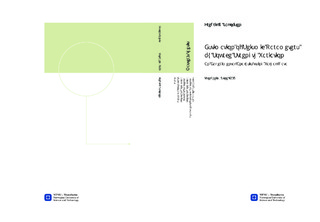Estimation of Seismic Parameters by Source Strength Variation: An Experimental Analysis using Valhall Data
Master thesis
Permanent lenke
http://hdl.handle.net/11250/240150Utgivelsesdato
2013Metadata
Vis full innførselSamlinger
Sammendrag
In 2008 at SEG's annual meeting Professor Martin Landrø proposed a new way of deriving 4D noise by source strength variation. It was proposed that by shooting two surveys over the exact same area and process the datasets as two surveys in a 4D survey, the sensitivity of the 4D set-up could be determined. Based on this proposal BP Norge decided to shot a test with firing pressure 1750 psi, in contrast to the 2000 psi production pressure. These two datasets constitutes the data analysed in this thesis. No known work has been done one this type of data and an experimental approach was used in order to find application for the extra information given by varying the source strength.Several analysis done on the amplitude effect of the pressure variation suggested a less dramatical change in amplitude (around 5\%) than the established literature suggested (8.5\%). The frequency dependence of the amplitude change has also been investigated and is still not perfectly understood.Estimation of a noise profile has been done by several different methods suggesting both a continuously increase in noise with depth as well as a more intricate behaviour. The validity of these noise estiamtion are not perfectly understood and care should be given when evaluating the results.A new method for deriving the formation quality factor is also proposed. This method is considered to have great potential and although the derived quality factors were found to be inconsistent and illogical, it is believed that with better processing and greater source amplitude change this method could be used by the industry.
